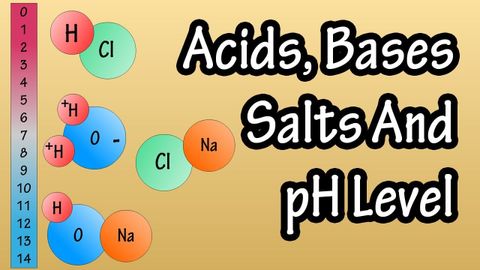酸鹼鹽和 pH 值 - 什麼是酸鹼鹽 - pH 值是什麼? (Acids And Bases Salts And pH Level - What Are Acids Bases And Salts - What Is The pH Scale Explained)
 沒有此條件下的單字
沒有此條件下的單字US /ɪˈsenʃəli/
・
UK /ɪˈsenʃəli/
- adv.本質上 ; 本來 ; 實質上;本質上;實際上
- n.慣用語;樂句;用話表示;用短語描述;用語言表達:;片語
- v.t./i.措辭
US /ˈslaɪtli/
・
UK /ˈslaɪtli/
- n. (c./u.)大小;規模;魚鱗;比例;等級;標尺
- v.t./i.測量;攀登;魚鱗
